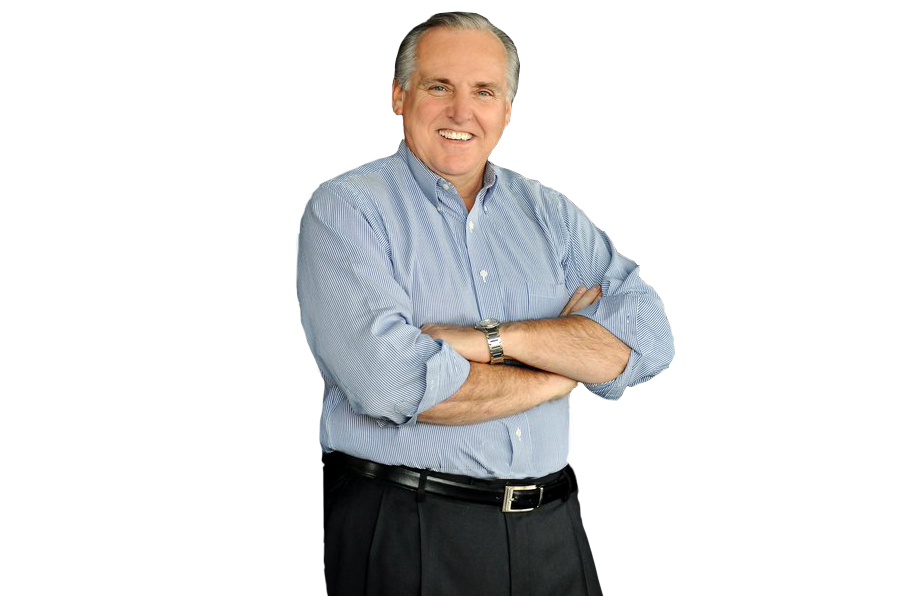I was traveling recently from the GIE+Expo, connecting through the Atlanta airport. I had some time before my next flight and decided to stop into a restaurant to grab some food. Before I walked in to be seated, I noticed the restaurant had a menu outside of the hostess area, so I slipped over to see what options I had and to decide if I wanted to go in or look for something else.
Much to my delight, they had some great options and despite being located in the airport, their prices seemed reasonable. I went up to the hostess to be seated. I knew what I wanted and when the server stopped by, I placed my order and kicked back. As I was waiting, I started thinking about the process I had just experienced and couldn’t help but think about how quickly everything had happened because of that simple menu the restaurant provided to help me make basic decisions.
While most dealerships today are doing a better job of utilizing standard or flat labor rates for their repair work, few are taking advantage of the value that menu pricing for their basic services would bring to both the dealership and their customers.
Calculating Menu Pricing
The first step to creating menu pricing is to determine what your labor pricing is. Most dealers have set standard labor pricing for their shop and are already doing some menu pricing on annual services or tune-ups. Take your common repairs that you already know the pricing for and use that as your baseline for menu pricing. Then, it’s just a matter of figuring out what parts you are going to need.
The cost of the parts will vary based on their manufacturer, but most dealers have a general idea what the average cost for a part will be. Take a look at parts from different brands. You want to calculate the average price of parts from mid-range to the highest price. If a part is priced at $7, $10 and $15, take the average for the two higher numbers. You will come out with $12.50 instead of the $10.66 when considering all prices. Take that average price for parts and add it to the average time/labor price for completing the repair. When menu pricing, you want to “beef up” your labor rate slightly as well.
“You are going to make more money, too…”
Take your average time for a repair and add 1/10 of an hour per every half hour of time. If its 2 hours, I might add 4/10 of an hour to that. You are going to get burned a little bit on those higher priced items, but for the most part, you will come out better because the lowest prices for parts and service are not figured into the menu pricing option.
Presenting Pricing to Customers
Customers love being able to walk into a business and know what the price of something is. It makes them more comfortable to know not just the cost of labor, but also parts. When you quote a price of $120 plus parts, they want to know how much the parts are going to cost them.
Once menu pricing is all figured out, your final step will be to present the items in a formal manner, such as a three-ring binder organized by equipment type. When a customer comes in asking about a repair, you can just turn a few pages and share some menu options. Having a menu pricing book is also good because if the service counter is busy, anyone can turn the page and find the price for the customer. Additionally, customers don’t fight you as much on price when it is written in black and white and not just given off the top of your head.
In deciding what items to include in menu pricing, sit down with your lead technician and a common piece of equipment. Talk about the common procedures for that piece of equipment and go over the time and labor required.
Some dealers will worry that offering menu pricing will lock them into one situation. It doesn’t really pigeon hole you, but rather gives you a starting point. I like to compare it to McDonald’s menu pricing. You walk in and see different menu-priced options on the board, but it is easy to make changes to the options laid out for a small increase in price.
So, when you do menu pricing, remember that menu pricing is a starting point for you. Nine times out of ten, you are going to make more money if you menu price





Post a comment
Report Abusive Comment